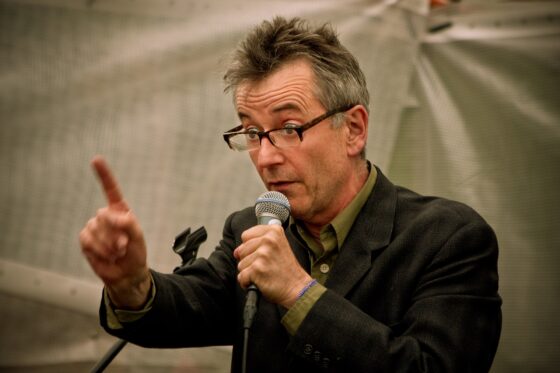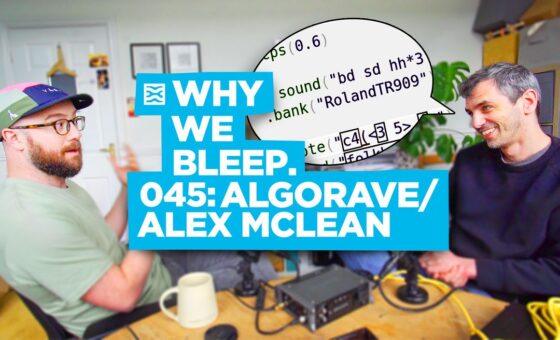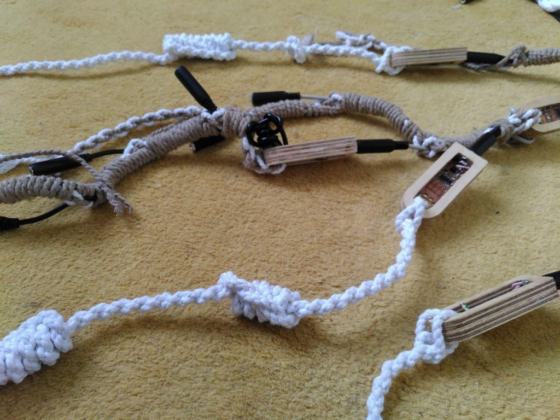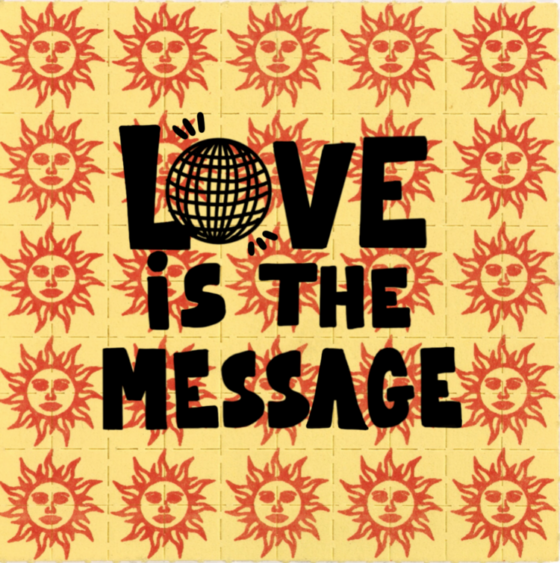I just happened on a pandemic-era article about algorave from 2022. It’s really nicely written and researched, and I especially … More
Category: rant
Following instructions
I once went to a workshop run by the poet John Hegley, he got us making poetry booklets out of … More
Why we bleep podcast
This was a fun chat with Mylar Melodies for his Why We Bleep podcast, about algorave, tidalcycles/strudel, live coding and … More
Algorithmic Pattern updates
I’ve been a bit behind on blogging in general, but made five posts in the Algorithmic Pattern blog yesterday.. On … More
Luigi Russolo, Futurist and Fascist
I publish this blog post with some nervousness, as I’m not a historian or musicologist. This is something I feel … More
How to start a movement / love is the message
I’ve been thinking a bit about leadership over the past year or so, especially since being awarded a ‘future leader … More
Performing openness in academic publishing
I was unsure about writing this blog post, but today I was turned away from signing up for the openly-advertised … More
How generative art works
I’m fascinated with this video: At the start Sylvie Rasch shows a sock that she says is completely done by … More
Live interview with Music Hackspace
I’m really looking forward to joining JB from Music Hackspace to go through the pre-history, history, present and potential future … More
Research products
I’ve been enjoying the idea of “research products” as opposed to “research prototypes”. Prototypes are understood as a partially working … More







